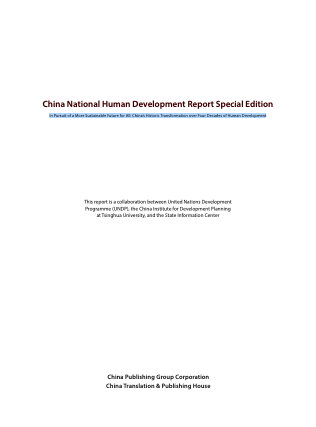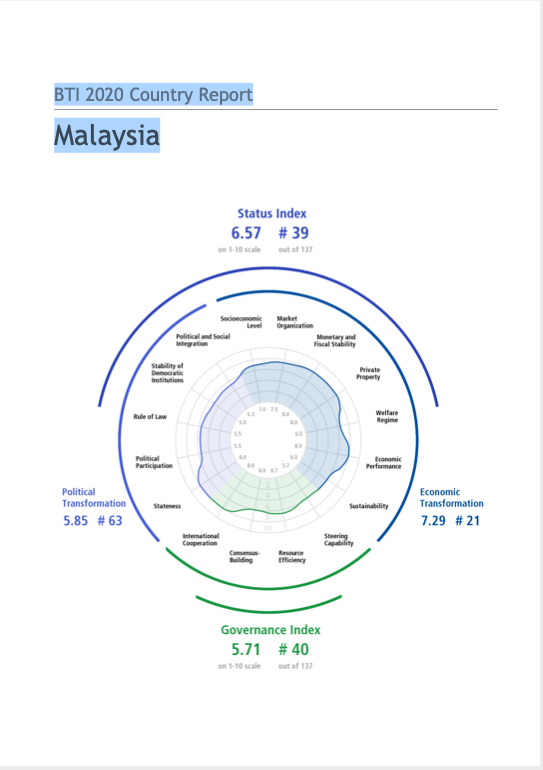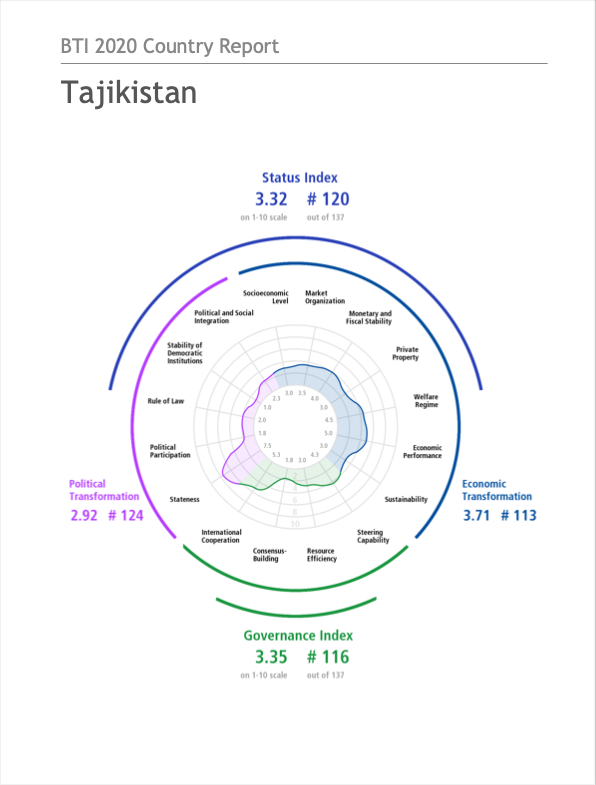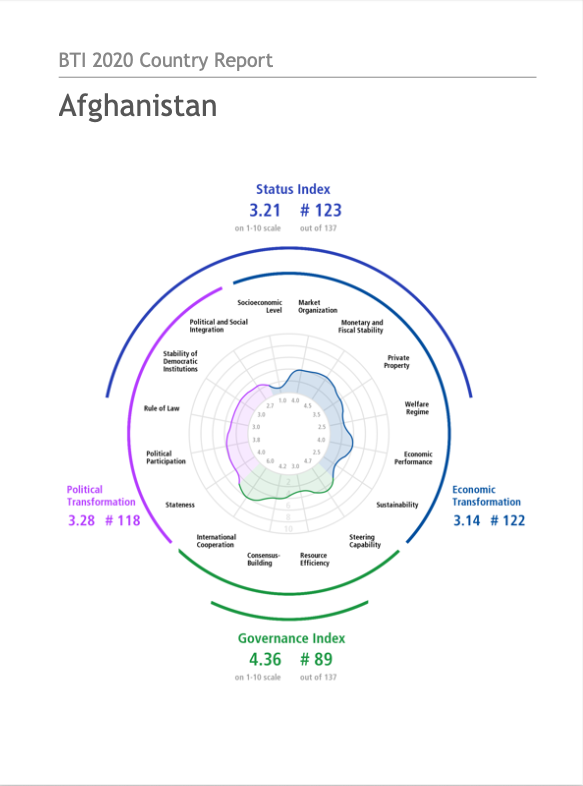The beacon system : a combined geodetic and boundary survey
This paper is a continuation of a study started in 1963 on major cadastral surveys in the Sudan. Plat agricultural land in developing countries is the main source of economy. It is required that this land be both mapped and demarcated-divided into agricultural plots. However, most of these countries are in a very bad need of reliable maps; some of them have no maps whatsoever. To perform the conventional surveys and maps in order to demarcate the land would be unrealistic in such case.










